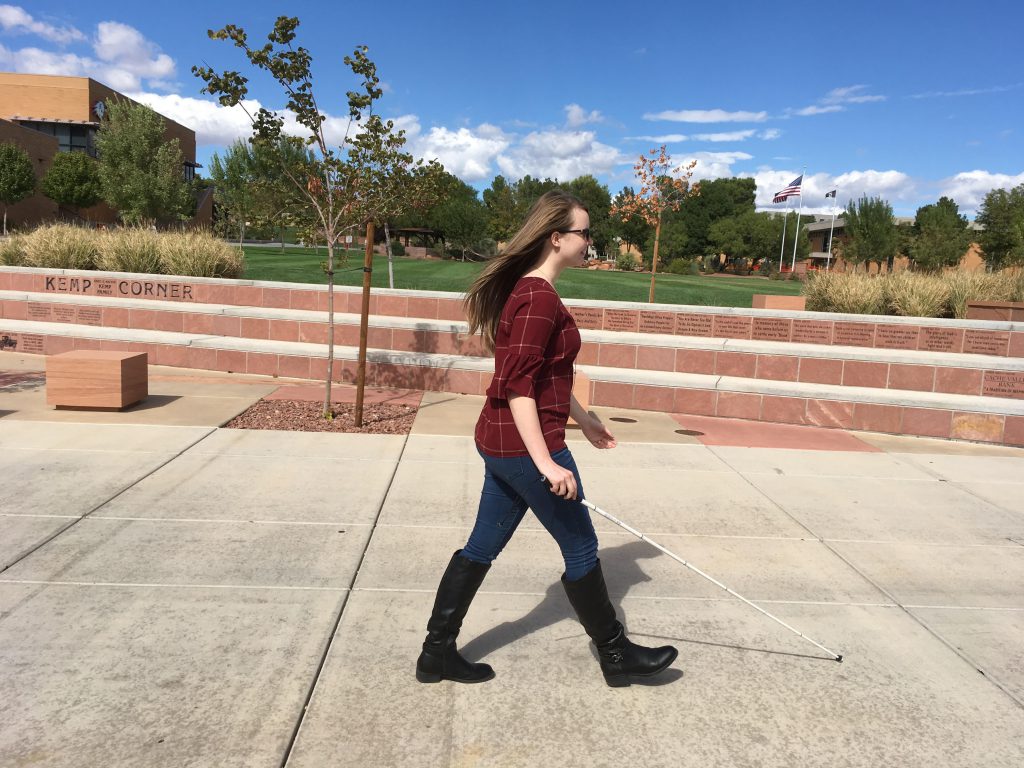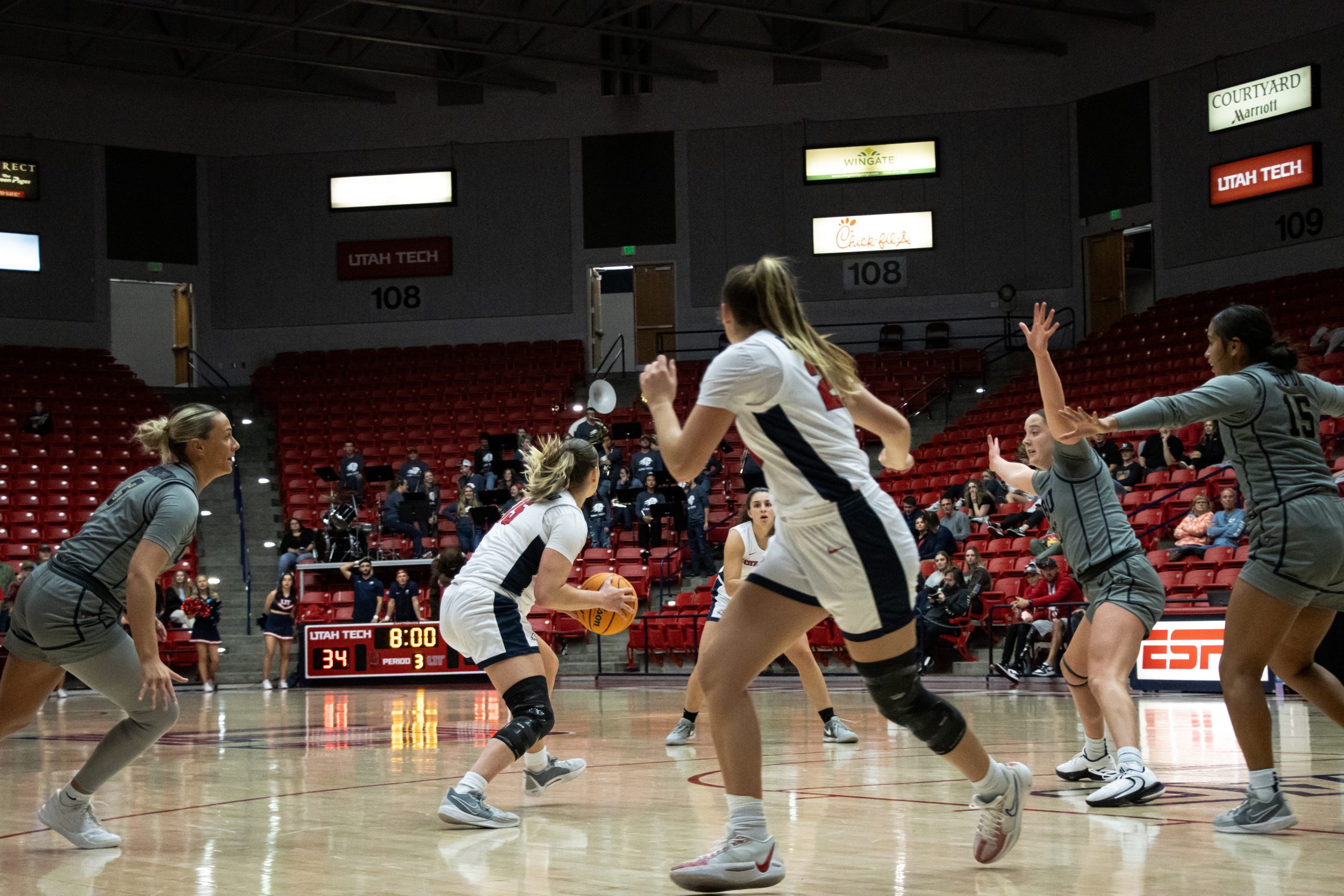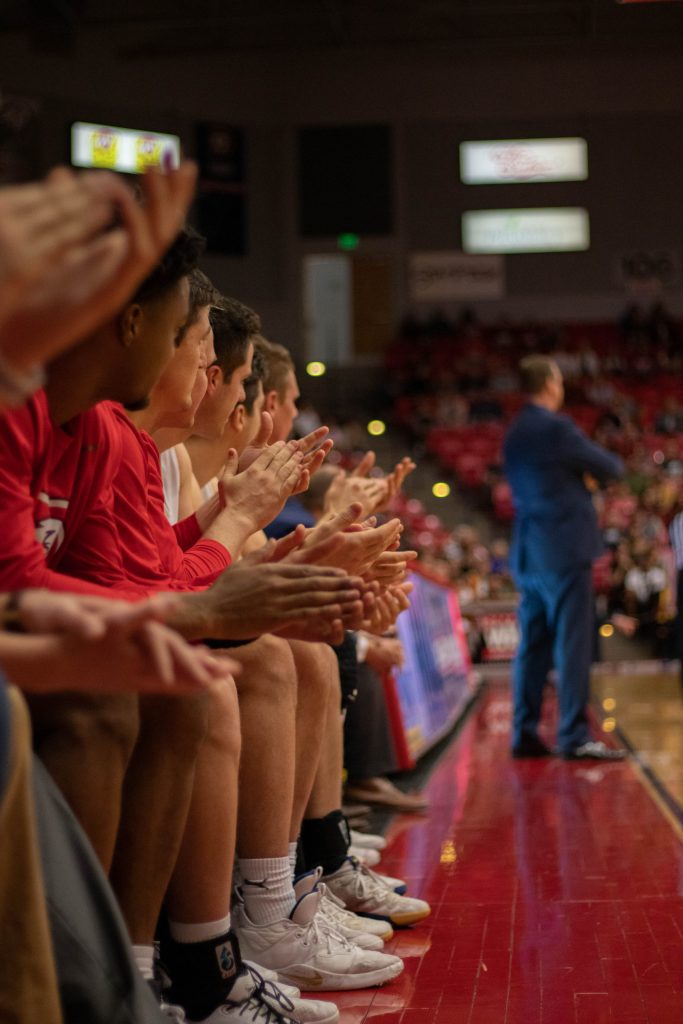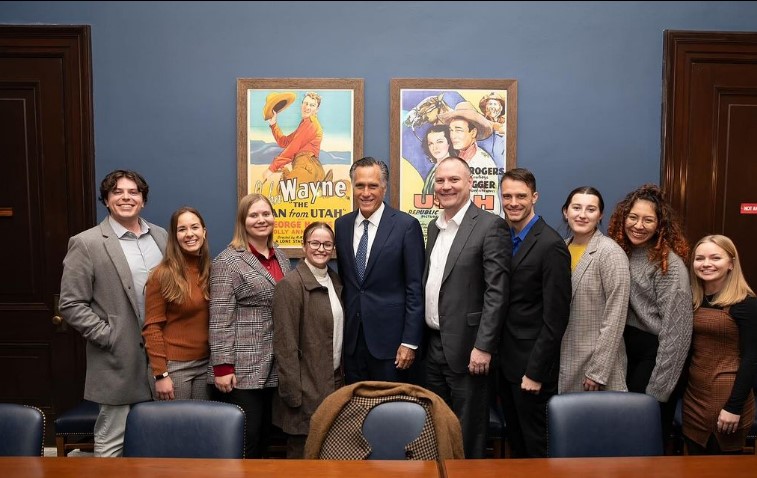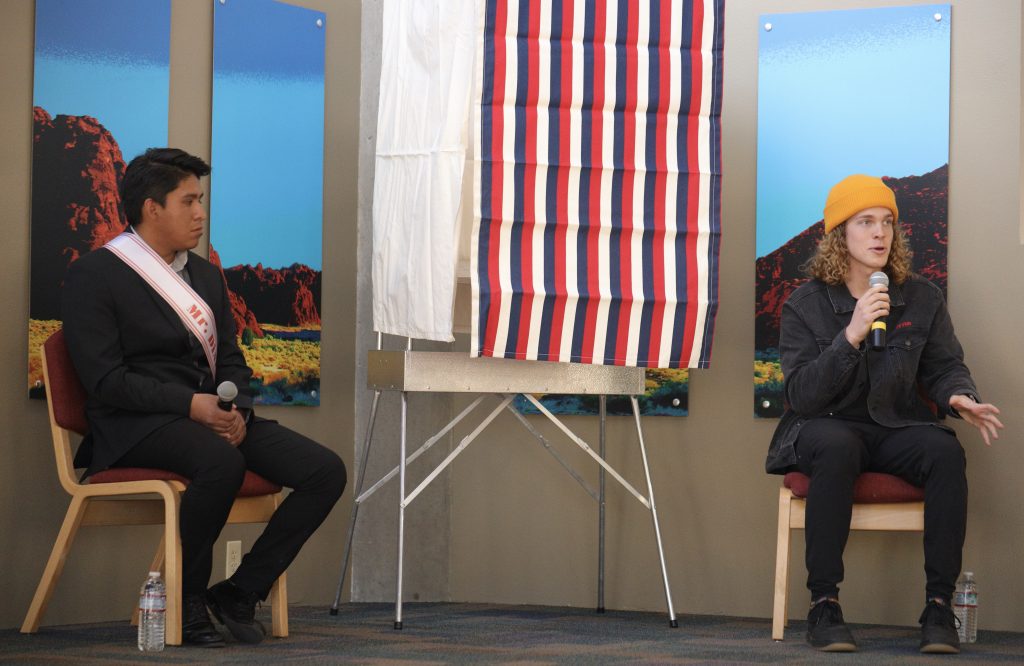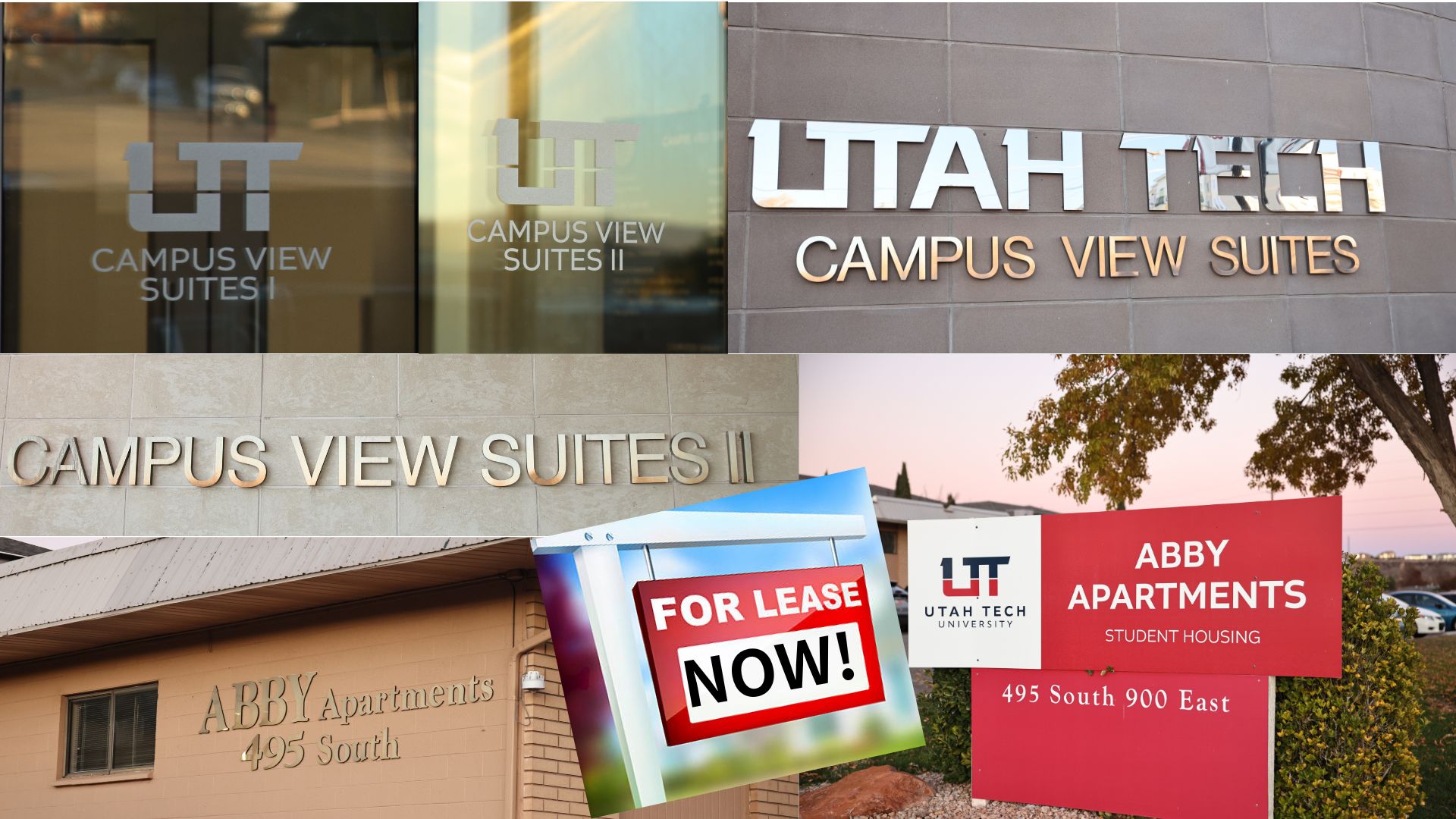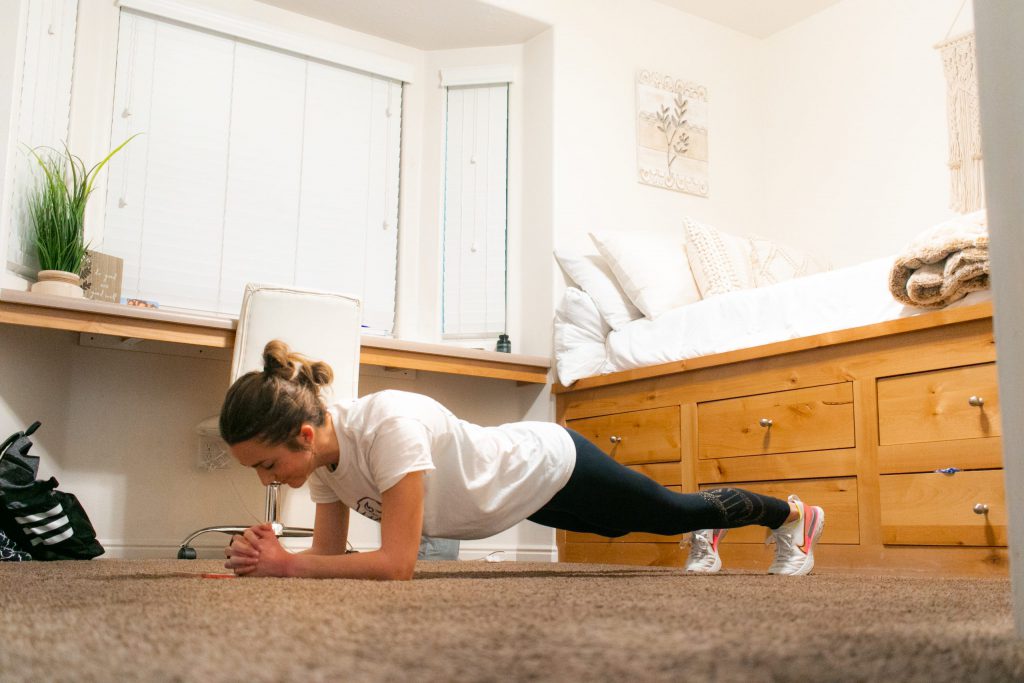Student-athletes are not more special than other students enrolled in college.
With football being the top sport in U.S. college campuses and basketball being the second, these students get a lot of opportunities that other non-student athletes could only dream of. They worked very hard to get to that point, but all the special treatment is unnecessary.
A great example of special treatment is the gear and money that college football teams get. The University of Utah gave every football player on scholarship a 2024 Dodge Ram pickup truck. I’m confused as to why that money isn’t going to something better like other programs within the college that need it more.
Universities give football more support and money for the team, therefore giving the athletes better gear and support from the school. This is great and I’m glad they have the support from these different people and places, but it goes to many of the athletes’ heads.
Specifically at Utah Tech University, the athletes can have early access to class registration because of their busy schedules. I have an incredibly busy schedule as well, but I do not get to register for classes early. I may not be in a college-level sport, but I have important things I need to do. If these athletes are having a hard time finding classes that fit around their schedule for the sport they are in, maybe the school should think of alternative opportunities for the athletes.
An article proposed the idea of doing an all-athletes school. It would keep those students in line with their own priorities as well as not affecting other students in class who aren’t athletes. It would also give those pro-level teams a pinpoint location or school to find the best of the best athletes to recruit.
What I mean by affecting other students is specifically in group work. If you’re put into a group where you have one or two athletes, and they have a game over the weekend but your project is due on that upcoming Monday, sometimes those athletes will just leave the work to the rest of the group. This puts more pressure on everyone else rather than doing what they should be doing and helping out. This is just one example of how their lives are different, and it would be beneficial to both parties if there was a better solution.
The point of me writing this is not to bash on athletes. I do agree that they work very hard. They have school, practice, games and sometimes a job on top of all that. But many athletes, no matter what school they go to, do get special treatment in the fact that they have more leniency and support when it comes to their education. That is the upsetting part.
As I mentioned before, this is not always the case. So, if athletes are going to get help from the school and teachers in their classes, there needs to be a deeper discussion between the athletes involved and the classes they are taking to be sure that they can do and be the best that they can be without abusing the trust they have with the school.
If you are going to college for a sport, you should be putting as much effort into the school aspect as you are into the game you’re playing. That’s not to say that it’ll be easy by any means, but there are too many athletes out there who are abusing the help and support they are getting from peers, professors and community members.


